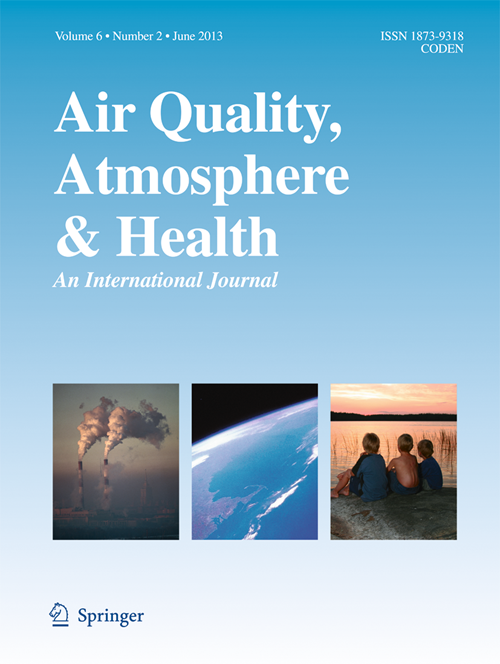The interest in the studies on Polychlorinated biphenyls (PCBs) levels indoors has increased with the banning or phase out of the use of PCBs in commercial products due to their adverse effects on human health. A comprehensive PCB source apportionment and risk estimation study was conducted for the first time using house dust in Turkey. Fifteen PCBs were measured in dust samples from 90 homes located in different neighborhoods of Kocaeli. The total concentrations of PCBs (Σ15PCBs) were measured in the range of 2.32–309.5 ng/g, with a median value of 22.82 ng/g. The concentrations varied greatly due to the availability of different types and quantities of PCB-containing product indoors. Possible pollution sources were identified using Principal Component Analysis (PCA) and questionnaire responses. The sources of PCB indoor dust include the use of PCBs for insulation, maintenance, and commercial purposes, as well as vehicular and heating combustion emissions. Considering the three exposure routes for the two groups, the risk of exposure through the inhalation of dust contaminated with PCBs was negligible compared with the dermal and non-dietary ingestion routes. Total carcinogen (R) and non-carcinogen risk (HI) through the three pathways were less than 1 for HI and 10− 6 for R, indicating that the measured PCBs would not be likely to cause potential risks for children and adults exposed to those pollutants. However measures to reduce PCBs exposure should be taken for children rather than adults due to the presence of the risk.




